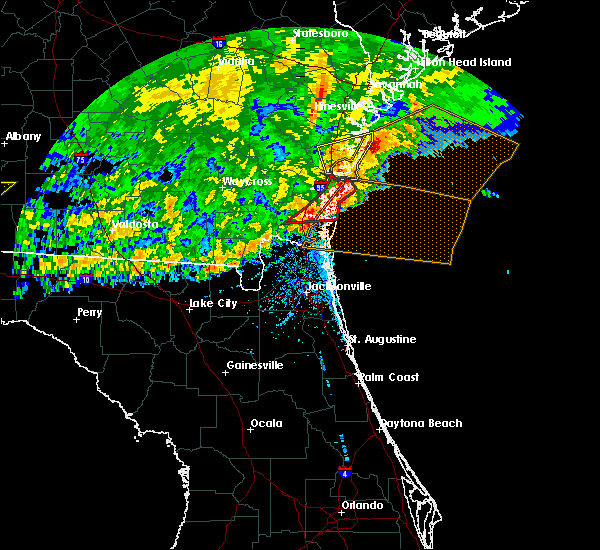

Did it cast a shadow or otherwise predict the weather for the next six weeks? No, but it may enlighten as you travel through geologic time, learning all about how animals and their burrows altered the world, and how animals used burrows to survive the worst the earth (or solar system) could toss at them. In the U.S., this is Groundhog Day, which is named after a burrowing animal and one in which its burrow plays a key role in its mythology.
#WEATHER NETWORK RADAR ST CATHARINES ISLAND GA FULL#
Please review our full terms contained on our Terms of Service page.It seemed all too fitting that author copies of my new book, The Evolution Underground: Burrows, Bunkers, and the Marvelous Subterranean World Beneath Our Feet(Pegasus Books, 2017) arrived on February 2. We further caution that our travel scores are only as good as the data that underpin them, that weather conditions at any given location and time are unpredictable and variable, and that the definition of the scores reflects a particular set of preferences that may not agree with those of any particular reader. While having the tremendous advantages of temporal and spatial completeness, these reconstructions: (1) are based on computer models that may have model-based errors, (2) are coarsely sampled on a 50 km grid and are therefore unable to reconstruct the local variations of many microclimates, and (3) have particular difficulty with the weather in some coastal areas, especially small islands. We draw particular cautious attention to our reliance on the MERRA-2 model-based reconstructions for a number of important data series. We assume no responsibility for any decisions made on the basis of the content presented on this site.

Weather data is prone to errors, outages, and other defects.

The information on this site is provided as is, without any assurances as to its accuracy or suitability for any purpose. Time zones for airports and weather stations are provided by. Names, locations, and time zones of places and some airports come from the GeoNames Geographical Database. Land Use data comes from the Global Land Cover SHARE database, published by the Food and Agriculture Organization of the United Nations.Įlevation data comes from the Shuttle Radar Topography Mission (SRTM), published by NASA's Jet Propulsion Laboratory. This reanalysis combines a variety of wide-area measurements in a state-of-the-art global meteorological model to reconstruct the hourly history of weather throughout the world on a 50-kilometer grid. Please note that the station records themselves may additionally have been back-filled using other nearby stations or the MERRA-2 reanalysis.Īll data relating to the Sun's position (e.g., sunrise and sunset) are computed using astronomical formulas from the book, Astronomical Algorithms 2nd Edition, by Jean Meeus.Īll other weather data, including cloud cover, precipitation, wind speed and direction, and solar flux, come from NASA's MERRA-2 Modern-Era Retrospective Analysis. The station records are corrected for the elevation difference between the station and Saint Simons Island according to the International Standard Atmosphere, and by the relative change present in the MERRA-2 satellite-era reanalysis between the two locations. There is only a single weather station, Malcolm Mc Kinnon Airport, in our network suitable to be used as a proxy for the historical temperature and dew point records of Saint Simons Island.Īt a distance of 2 kilometers from Saint Simons Island, closer than our threshold of 150 kilometers, this station is deemed sufficiently nearby to be relied upon as our primary source for temperature and dew point records. This report illustrates the typical weather in Saint Simons Island, based on a statistical analysis of historical hourly weather reports and model reconstructions from Januto December 31, 2016.


 0 kommentar(er)
0 kommentar(er)
